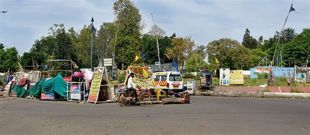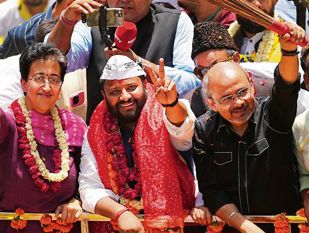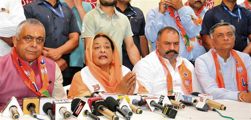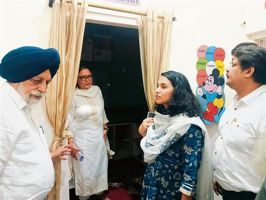
Despite lofty promises and periodic outcries, India’s public health system continues to cut a sorry picture. Close on the heels of reports of dismal public spending by the government on per capita health comes yet another grim reminder. The latest statistics on human resources in health confirm our fears and should be well seen as a clarion call. The paucity of medical professionals in India and its adverse repercussions on public health system have been flagged often enough, but rarely addressed with the alacrity it deserves.
While the overall doctor-to-patient ratio in India remains abysmal and a far cry from the WHO recommendation, the burden on government doctors is staggering. What can be worse than the fact that there is just one government doctor for over 11,000 people in India? The problem acquires even more damaging dimensions if we add to it the skewed distribution of doctors, higher concentration in few states and urban areas. Given the scarcity of health professionals, it’s no surprise that India’s public health system fails its people more often than it delivers, both on quality and quantity. The governments as well as hospital authorities are caught napping in trying times of epidemics, as also in periods of normalcy. Even horrific incidents involving deaths of infants in government hospitals do not shake the state machinery out of its inertia.
India’s health crisis has many faces and none of it too pleasing. If profiteering has almost become the cardinal principle in corporate-run hospitals, inadequacy at various levels ails government hospitals. The brouhaha over the National Medical Commission Bill, what with the government and the Indian Medical Association at loggerheads, further adds to the impasse. The concerns of stakeholders over medical education need to be resolved. Undeniably, the interests of medical practioners can’t be given a short shrift, but then those of patients, especially the poor and the marginalised, should also be uppermost in the minds of policy planners. As things stand, lakhs of poor in far-flung rural areas have negligible access to health facilities and professionals. For millions of Indians in dire need of medical help, quality healthcare cannot remain a mirage.



























